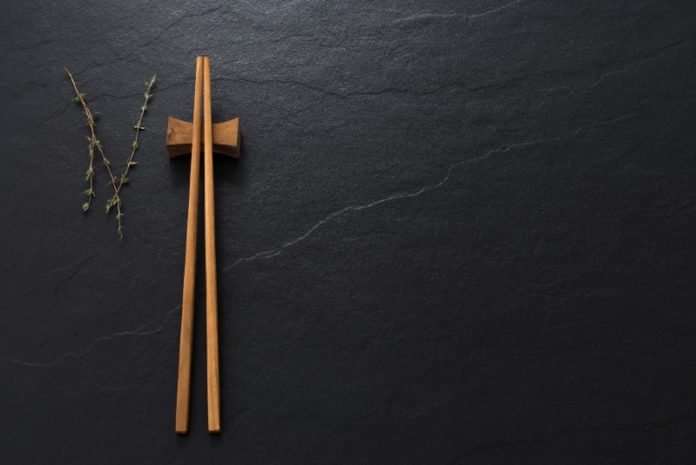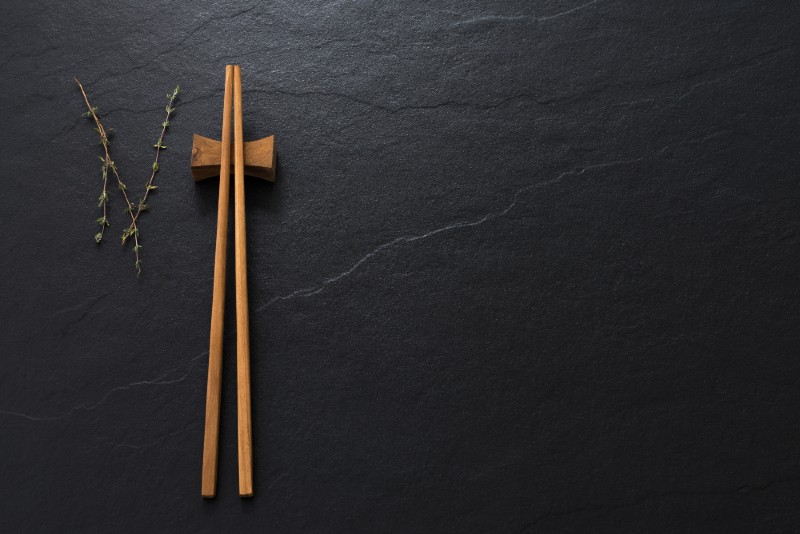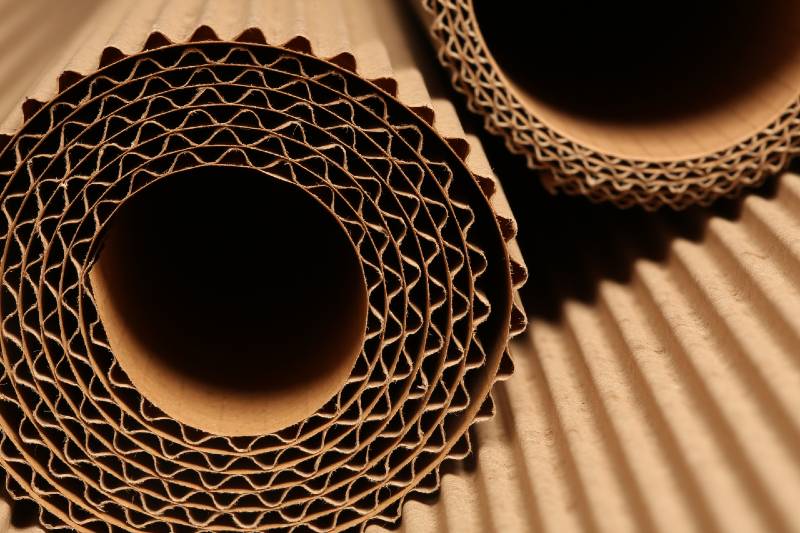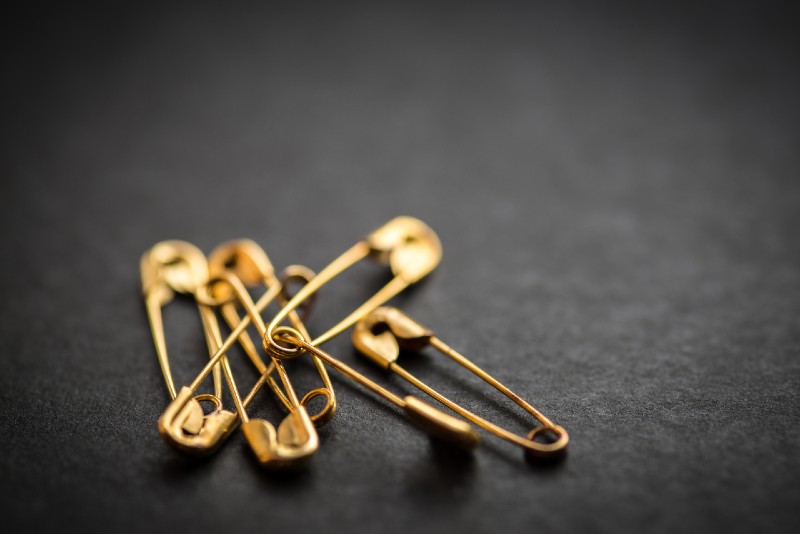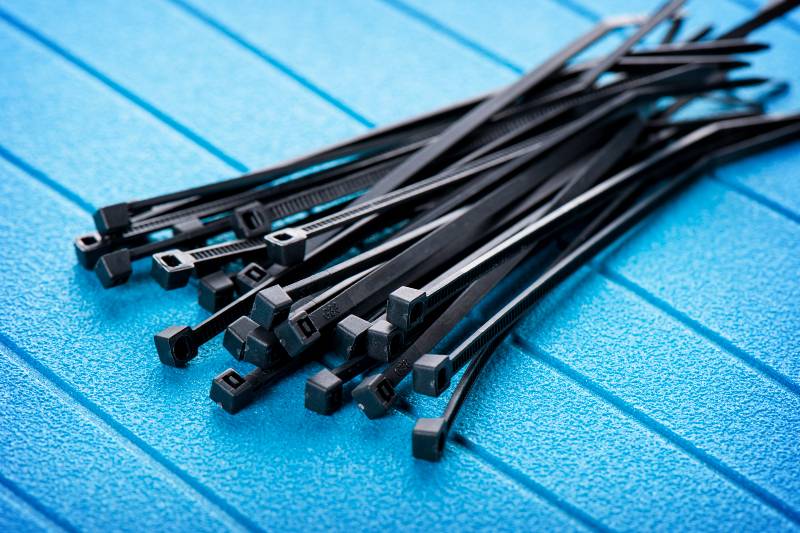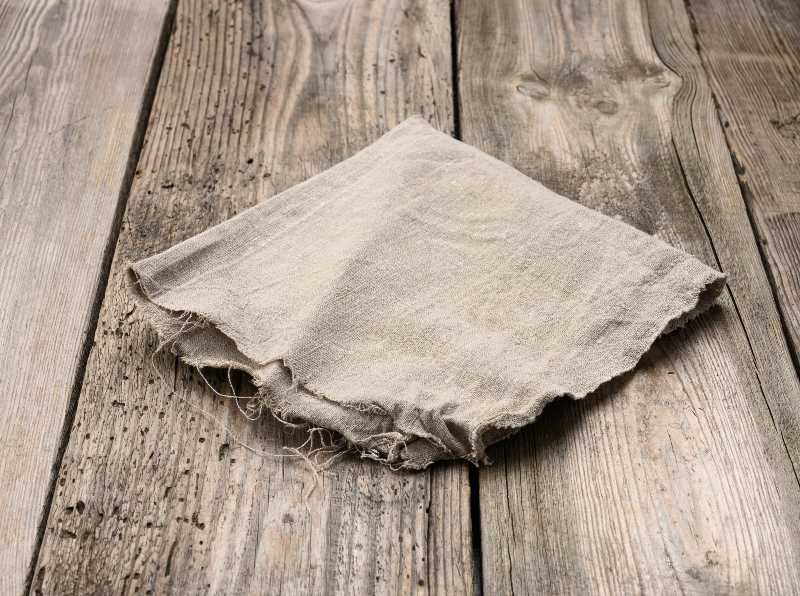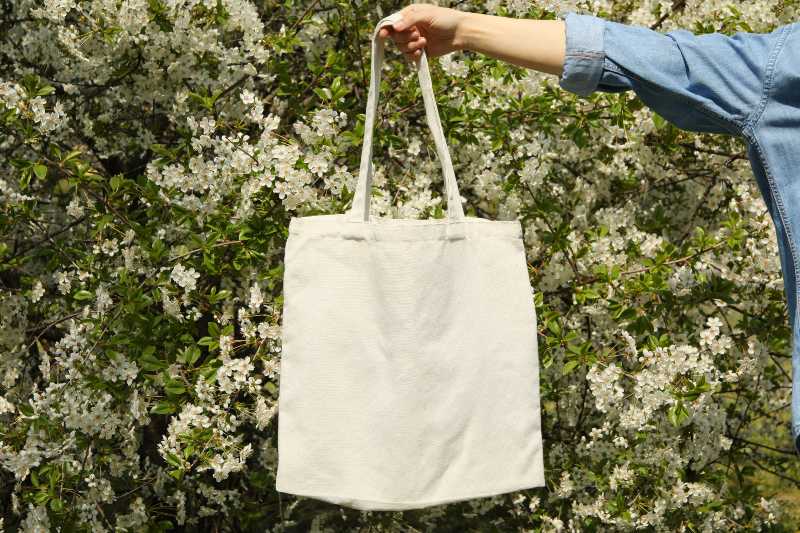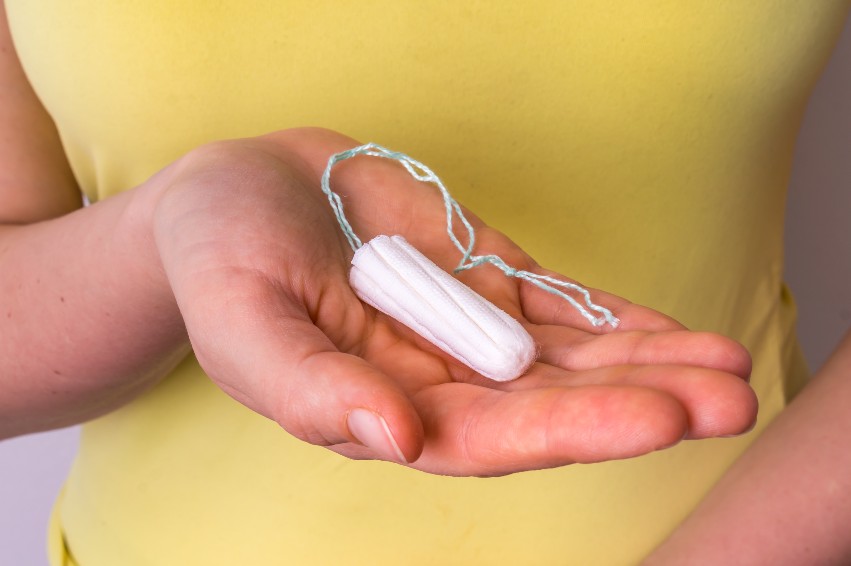When we talk about prepping supplies, what comes into mind are fancy James Bond-worthy gizmos. But sometimes, you can turn common items into extraordinary survival tools.
Join us as we show you how to MacGyver your way out of tight situations using simple household stuff and other uncommon prepping supplies.
Top 8 Unusual Prepper Supplies
1. Chopsticks
If you think chopsticks are merely for eating sushi, then you haven’t seen anything yet. Those humble disposable utensils that you often take for granted are excellent survival apparatus.
When you are stuck in the wild, fire is a necessity that you cannot live without. To build a fire, you will need a fire starter.
You can invest in lighters, matches, or even state-of-the-art fire-starting devices. Or you can save your extra buck by using chopsticks. These are useful because they are made of wood and are highly combustible.
Once done using them to eat sashimi, save them for future use. A bundle of chopsticks would come a long way in the wild.
To make your recycled chopsticks more combustible, let them dry further in the sun. This will remove excess moisture in the wood. When thoroughly dried, these thin wooden utensils would be superb for starting a fire. This will save you the hassle of making kindling materials in wet and humid areas.
2. Lint and Cardboard Rolls
Lint and cardboard rolls belong to the trash bin. Or do they? When you are in the wild, this seemingly useless garbage could be gold. It just takes one’s ingenuity to convert these junks into something useful and essential.
Like chopsticks, lint and cardboard rolls could be used as superb fire-starters.
The process is simple. In just a few seconds, you make yourself a makeshift fire-starter without breaking a sweat.
First off, fill the cardboard roll with lint. After that, you can wrap it with old newspaper. This will make your lint and cardboard roll fire-starter more combustible.
If you camp in a wet or snowy area, this ingenious device would be perfect. Starting a fire anytime will be a breeze.
3. Safety Pins
Safety pins are a simple yet clever invention that has been used by bawling babies to raging punk rockers. But apart from its original usage and fashion-worthiness, a safety pin is a mean survival tool.
It ought to be part of any decent arsenal of prepping supplies.
Safety pins can be used as do-it-yourself fish hooks, makeshift tweezers, and clothes hangers. Aside from these, you can also use them to create hygiene and medical tools.
A bunch of safety pins, on the other hand, can be utilized to craft an improvised arm sling. You can make one out of pins and a t-shirt for first aid purposes.
In worst-case scenarios, sterilized safety pins have been used by medics to close gaping wounds. The possibilities are endless.
4. Cable Ties
Zip or cable ties are common items that can be used uncommonly as part of your prepping supplies. You usually use them to organize electronic equipment cables.
In the wild, though, cable ties can be an alternative to duct tape. A reliable home repair product, cable ties also have a multitude of functions outdoors.
To begin with. Cable ties can be used to build a shelter. Light-weight yet sturdy, it can bind poles and fabrics to erect tents.
Compared to ordinary strings and rubber bands, cable ties are consistent. It is an excellent binding material. It won’t easily break under pressure.
This is why you should have loads of it in your bug-out bag. Cable ties, among many other uses, can fasten bags, secure tarps, make traps, tie plants, and craft arm slings.
5. Old Fabrics
Old fabrics from blankets, curtains, and sheets could be used as an essential part of your prepping supplies. Using the old fabric as survival items, though, is nothing new.
In the olden days where clothes are considered luxury items, worn-out fabrics are recycled.
Old and worn-out clothing is repurposed as bags, jeans, beddings, army uniforms, and many more. With a little bit of ingenuity, these seemingly worthless items can be transformed into useful materials.
If you are bound to live in isolated areas, old fabrics can build tents, catch fish, trap wild animals, and dress wounds.
6. Tote Bags
Grocery bags, especially heavy-duty ones, are excellent prepper materials. Tote bags made of canvas or polyethylene, for instance, are impressively tough.
They can withstand wear and tear for a much longer period compared to ordinary bags. This specific quality makes tote bags ideal for use in rugged settings.
Need to carry bundles of wood from the forest? No sweat. Use a tote bag.
Since totes are manufactured using high-quality materials, they will never crack from extreme heat or cold. Some are even water-resistant, so you can also use them in repairing tents and making jackets.
7. Tampons
Surprise! Who would’ve thought that tampons would be included on this list? But if you think we are pulling your leg, think again.
Seriously, a tampon is an excellent survival item. It should be included on any sensible list of prepping supplies. So, how is a tampon essential for preppers?
First, tampons are designed to stop bleeding, right? By that, you already have a hint on how it could be of use in the wild.
In the absence of real bandages, tampons can be used to treat wounds. With some safety pins and old fabrics to hold everything together, you are all set.
8. Pantyhose
Pantyhose is an amazing survival item. It may look weird on this list but trust us, it works. Even military men have been known to use it as blister-proof materials worn under their socks.
Aside from preventing foot blisters, pantyhose can be used as an improvised mosquito net. If you hate ticks and leeches, wearing one would also help keep these pesky pests at bay.
Want to catch some fish? No problem. Use a pantyhose as a makeshift fishnet. You could also use this clothing article as a self-defense weapon. Just fill it with stones, and you have an instant bola.
The moral of the story here is, it’s really not about the material alone if you want to survive in the wild. Elaborate and conventional prepping supplies can be augmented with the use of uncommon items that can be found in your home. Creativity with a good dash of imagination is the key!
via SurvivalLife


